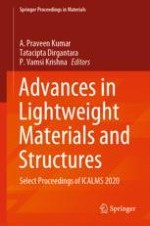2020 | OriginalPaper | Chapter
Finish Hard Turning: A Review of Minimum Quantity Lubrication Using Paraffin-Based Nanofluids
Authors : Faraj Saeid Adrees Majeed, Nordin Bin Mohd Yusof, Mohd Azlan Suhaimi
Published in: Advances in Lightweight Materials and Structures
Publisher: Springer Singapore
Activate our intelligent search to find suitable subject content or patents.
Select sections of text to find matching patents with Artificial Intelligence. powered by
Select sections of text to find additional relevant content using AI-assisted search. powered by
